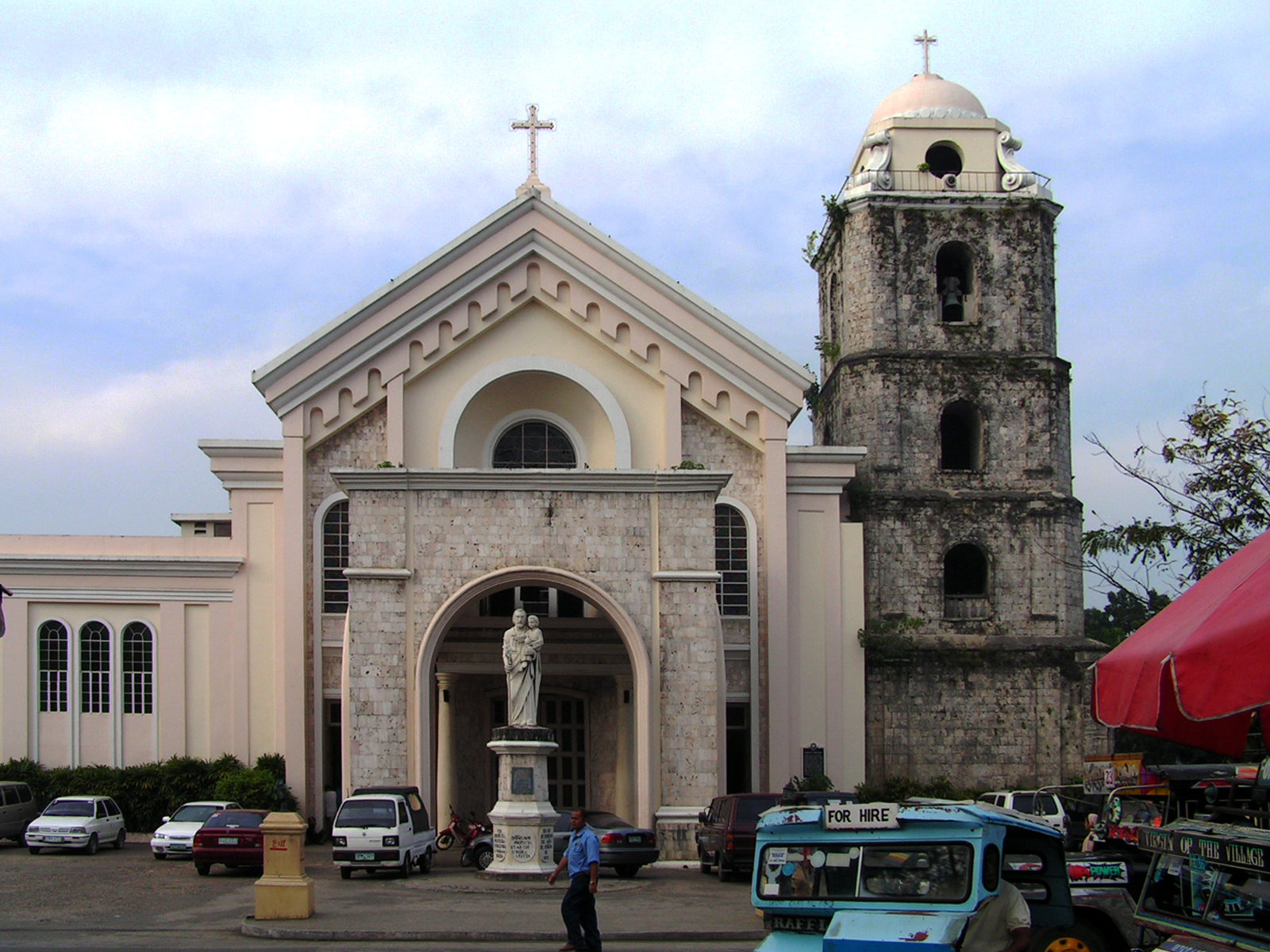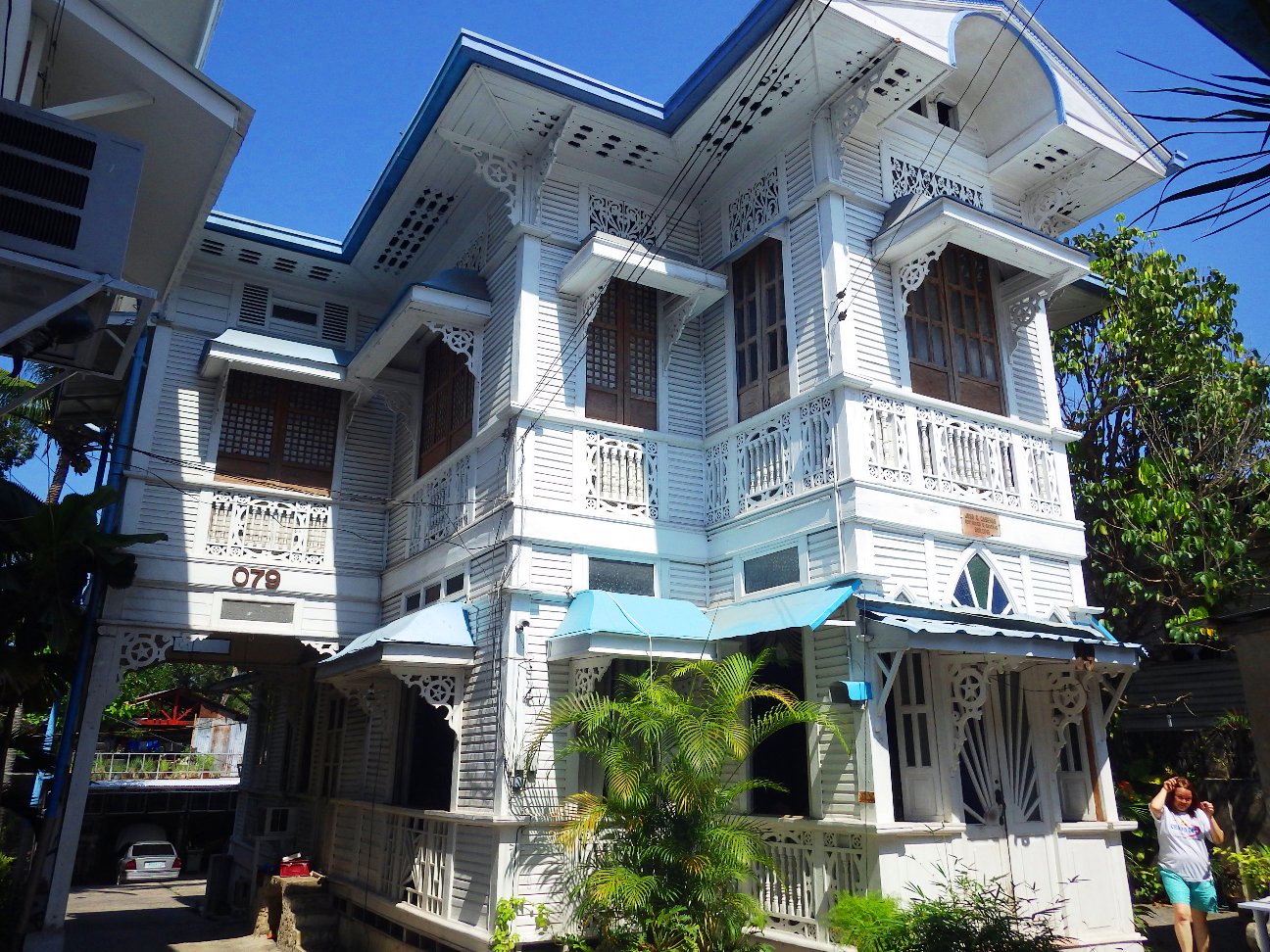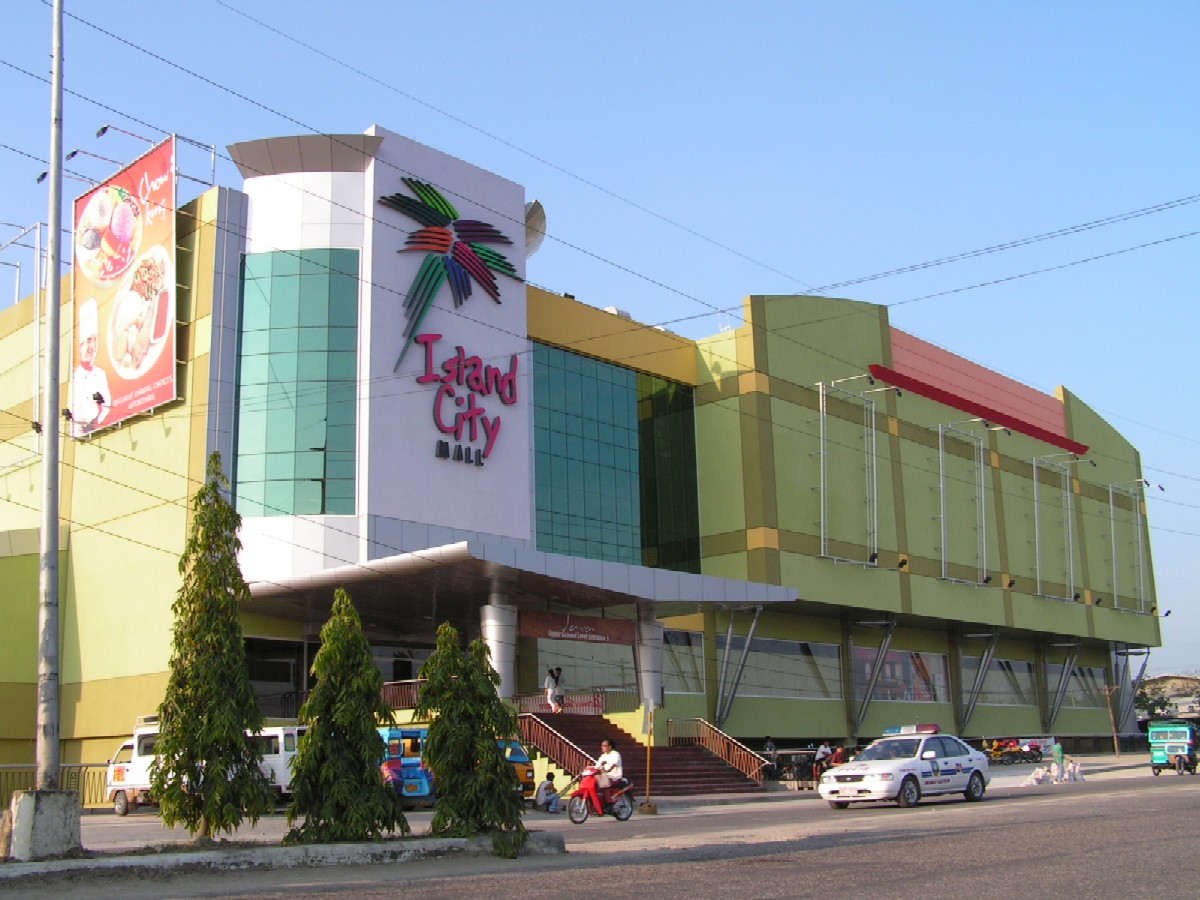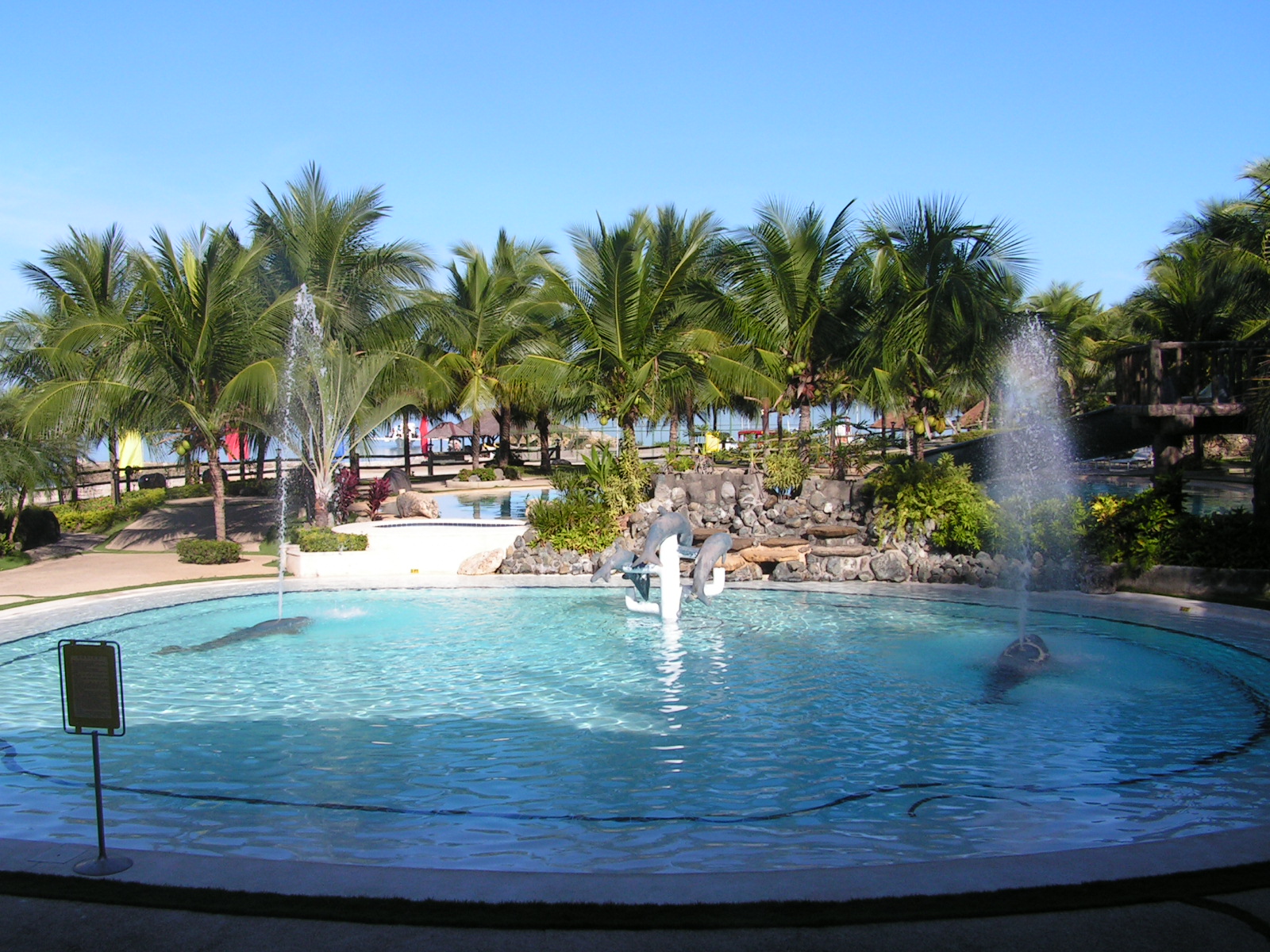Tagbilaran City on:
[Wikipedia]
[Google]
[Amazon]
Tagbilaran, officially the City of Tagbilaran ( ceb, Dakbayan sa Tagbilaran), is a 3rd class component city and capital of the


 A hundred years before Spaniards arrived in the Philippines, the settlement which eventually became Tagbilaran was already involved in trading with China and Malaya. Tagbilaran Strait was the location of the Precolonial kingdom of the
A hundred years before Spaniards arrived in the Philippines, the settlement which eventually became Tagbilaran was already involved in trading with China and Malaya. Tagbilaran Strait was the location of the Precolonial kingdom of the
 The city has the advantage of being the province's main business capital and center of governance, education and transportation. Local and international visitors to Bohol pass through the city via the Port of Tagbilaran.
Alturas Group (operator of Alturas Mall, Island City Mall and Plaza Marcela), Bohol Quality Corporation and Alvarez Group are some of the notable locally owned companies based in the city.
The city has the advantage of being the province's main business capital and center of governance, education and transportation. Local and international visitors to Bohol pass through the city via the Port of Tagbilaran.
Alturas Group (operator of Alturas Mall, Island City Mall and Plaza Marcela), Bohol Quality Corporation and Alvarez Group are some of the notable locally owned companies based in the city.

 The city is a start-off point to Bohol province's attractions: the Chocolate Hills, tarsiers, white sandy beaches, dive spots, heritage sites and old stone churches. Home to several hotels, resorts, and restaurants, the city has recently become a venue for national conventions and gatherings.
The city is a start-off point to Bohol province's attractions: the Chocolate Hills, tarsiers, white sandy beaches, dive spots, heritage sites and old stone churches. Home to several hotels, resorts, and restaurants, the city has recently become a venue for national conventions and gatherings.

 Tagbilaran's land network consists of sealed and unsealed roads. Local transport plying the routes within the city are
Tagbilaran's land network consists of sealed and unsealed roads. Local transport plying the routes within the city are
Provincial Government of Bohol
{{Authority control Cities in Central Visayas Populated places in Bohol Provincial capitals of the Philippines Port cities and towns in the Philippines Component cities in the Philippines
province
A province is almost always an administrative division within a country or state. The term derives from the ancient Roman ''provincia'', which was the major territorial and administrative unit of the Roman Empire's territorial possessions out ...
of Bohol
Bohol (), officially the Province of Bohol ( ceb, Lalawigan sa Bohol; tl, Lalawigan ng Bohol), is an island province of the Philippines located in the Central Visayas region, consisting of the island itself and 75 minor surrounding islands. ...
, Philippines
The Philippines (; fil, Pilipinas, links=no), officially the Republic of the Philippines ( fil, Republika ng Pilipinas, links=no),
* bik, Republika kan Filipinas
* ceb, Republika sa Pilipinas
* cbk, República de Filipinas
* hil, Republ ...
. According to the 2020 census, it has a population of 104,976 people.
Encompassing a land area of , with a coastline of on the southwestern part of the island, the city shares its boundaries with the towns of Cortes
Cortes, Cortés, Cortês, Corts, or Cortès may refer to:
People
* Cortes (surname), including a list of people with the name
** Hernán Cortés (1485–1547), a Spanish conquistador
Places
* Cortes, Navarre, a village in the South border of ...
, Corella, and Baclayon.
Tagbilaran is the principal gateway to Bohol, southeast of the national capital of Manila
Manila ( , ; fil, Maynila, ), officially the City of Manila ( fil, Lungsod ng Maynila, ), is the capital of the Philippines, and its second-most populous city. It is highly urbanized and, as of 2019, was the world's most densely populated ...
and south of the regional capital, Cebu City
Cebu City, officially the City of Cebu ( ceb, Dakbayan sa Sugbo; fil, Lungsod ng Cebu; hil, Dakbanwa sang Sugbo), is a 1st class highly urbanized city in the Central Visayas region of the Philippines and capital of the Cebu Province. Ac ...
.
Etymology
According to oral tradition, the name is a Hispanicized form of "''Tagubilaan''", a compound of ''tagu'', meaning "''to hide''" and "''Bilaan''", referring to the Blaan people, who were said to have raided the Visayan Islands. This explanation seems to correlate with the government's explanation. According to the official government website of Tagbilaran, it is said to have been derived from ''tinabilan'' meaning ''shielded'', as the town was protected by Panglao from potential invaders.History


Kedatuan of Dapitan
Dapitan Kingdom (also called as Bool Kingdom) is the term used by local historians of Bohol to refer to the Dauis–Mansasa polity in the modern city of Tagbilaran and Panglao Island. The volume of artifacts unearthed in the sites of Dauis and M ...
. This early settlement had contact with the Spaniards in 1565, when the Spanish conquistador Miguel López de Legazpi
Miguel López de Legazpi (12 June 1502 – 20 August 1572), also known as '' El Adelantado'' and ''El Viejo'' (The Elder), was a Spaniard who, from the age of 26, lived and built a career in Mexico (then the Viceroyalty of New Spain) and, ...
and the native chieftain Datu Sikatuna
Datu Sikatuna (or ''Catunao'') was a Datu or chieftain of the Bool Kingdom (or Kedatuan of Dapitan) in the island of Bohol in the Philippines. He made a blood compact (''sanduguan'') and alliance with the Spanish explorer Miguel López de Legazpi ...
pledged peace and cooperation through the famous blood compact.
(San Jose de) Tagbilaran was established as a town on February 9, 1742, by General Don Francisco Antonio Calderón de la Barca, Governor of the Visayas, who separated it from the town of Baclayon. The town was dedicated to St. Joseph the Worker. Since then it was part of the province of Bohol until it became a chartered city on July 1, 1966, by virtue of Republic Act No. 4660.
The city was occupied by the United States
The United States of America (U.S.A. or USA), commonly known as the United States (U.S. or US) or America, is a country Continental United States, primarily located in North America. It consists of 50 U.S. state, states, a Washington, D.C., ...
during the Philippine–American War
The Philippine–American War or Filipino–American War ( es, Guerra filipina-estadounidense, tl, Digmaang Pilipino–Amerikano), previously referred to as the Philippine Insurrection or the Tagalog Insurgency by the United States, was an arm ...
and by Imperial Japan
The also known as the Japanese Empire or Imperial Japan, was a historical nation-state and great power that existed from the Meiji Restoration in 1868 until the enactment of the post-World War II 1947 constitution and subsequent forma ...
during World War II
World War II or the Second World War, often abbreviated as WWII or WW2, was a world war that lasted from 1939 to 1945. It involved the World War II by country, vast majority of the world's countries—including all of the great power ...
.
Sitio Ubos (''Lower Town'') is Tagbilaran's former harbor site and is considered to be the city's oldest portion, having been a busy trading center since the seventeenth century until the early twentieth century. As such, the place houses the oldest and largest number of heritage houses in Bohol. Sitio Ubos declined as a major port towards the end of the Spanish era when the causeway to Panglao Island was constructed. Since then, the area lost its former glory and its old houses were either demolished or neglected.
In 2002, in recognition of its cultural and historic significance, Sitio Ubos was declared a "Cultural Heritage Area". Some of the surviving heritage houses to this day include the Rocha–Suarez House, Rocha House, Hontanosas House, Beldia House, and Yap House.
Historic events
One of the most important events in Philippine history (immortalized on canvas by the famous Filipino painter Juan Luna) was theblood compact
Blood compact (Spanish: ''Pacto de sangre''; Filipino: ''Sanduguan'') was an ancient ritual in the Philippines intended to seal a friendship or treaty, or to validate an agreement. The contracting parties would cut their hands and pour their blo ...
between Datu Sikatuna
Datu Sikatuna (or ''Catunao'') was a Datu or chieftain of the Bool Kingdom (or Kedatuan of Dapitan) in the island of Bohol in the Philippines. He made a blood compact (''sanduguan'') and alliance with the Spanish explorer Miguel López de Legazpi ...
, a local native chieftain, and Captain Miguel López de Legazpi
Miguel López de Legazpi (12 June 1502 – 20 August 1572), also known as '' El Adelantado'' and ''El Viejo'' (The Elder), was a Spaniard who, from the age of 26, lived and built a career in Mexico (then the Viceroyalty of New Spain) and, ...
, the Spanish explorer and colonizer. It took place in the coast of Bool, now a district of Tagbilaran, on March 16, 1565, a day after Legazpi and his crew of conquistador
Conquistadors (, ) or conquistadores (, ; meaning 'conquerors') were the explorer-soldiers of the Spanish and Portuguese Empires of the 15th and 16th centuries. During the Age of Discovery, conquistadors sailed beyond Europe to the Americas, ...
es on four ships chanced upon the shores of Bool during their trip to the province of Butuan from Camiguin Island because of strong southwest monsoon winds and low tide.
On that day, March 16, 1565, Legazpi with Fray Andres de Urdaneta
Andres or Andrés may refer to:
*Andres, Illinois, an unincorporated community in Will County, Illinois, US
*Andres, Pas-de-Calais, a commune in Pas-de-Calais, France
*Andres (name)
*Hurricane Andres
* "Andres" (song), a 1994 song by L7
See also ...
and some of his crew set foot on land for an audience with the local chieftain Sikatuna. The two bands of different race and creed met a few hundred meters from the beach and, after a few pleasantries, the Basque seafarer and the chieftain of Bohol sealed and strengthened their treaty of friendship in a historic blood compact. Sikatuna and Legazpi each made a cut on the left arm and collected the drop of blood into a single vessel mixed with wine. A marker now stands on the spot where Sikatuna and Legaspi allegedly sealed that famous compact. To honor this treaty of friendship, president Elpidio Quirino
Elpidio Rivera Quirino (born Elpidio Quirino y Rivera; ; November 16, 1890 – February 29, 1956) was a Filipino lawyer and politician who served as the sixth president of the Philippines from 1948 to 1953.
A lawyer by profession, Quirino ente ...
established the " Order of Sikatuna" in 1953, a presidential award and decoration conferred upon visiting dignitaries.
Tagbilaran was occupied by Imperial Japanese forces on May 17, 1942, after the fall of the Philippines during World War II.
During the Japanese occupation, the municipal government of Tagbilaran, whose mayor at the time was Manuel Espuelas, moved from the Poblacion to Tiptip. Another significant event was the Battle of Ubujan wherein a guerrilla unit under the command of Captain Francisco Salazar (aka Vicente Cubello) engaged Japanese troops against overwhelming odds.
2013 earthquake
An earthquake with magnitude 7.2, with an epicenter nearSagbayan, Bohol
Sagbayan, officially the Municipality of Sagbayan ( ceb, Munisipyo sa Sagbayan; tgl, Bayan ng Sagbayan), is a 4th class municipality in the province of Bohol, Philippines. According to the 2020 census, it has a population of 24,335 people.
Sag ...
, struck Bohol on October 15, 2013. Tagbilaran received four fatalities and 21 injuries, and damage to buildings, including the seaport, airport, and city hall.
Geographic
Climate
Barangays
There are 15 barangays comprising Tagbilaran, with a population of 104,976 for the year 2020 census, and an annual growth rate of . However, 44% of the city's population reside in the four urban districts where trade and commerce are also concentrated.Demographics
Economy
 The city has the advantage of being the province's main business capital and center of governance, education and transportation. Local and international visitors to Bohol pass through the city via the Port of Tagbilaran.
Alturas Group (operator of Alturas Mall, Island City Mall and Plaza Marcela), Bohol Quality Corporation and Alvarez Group are some of the notable locally owned companies based in the city.
The city has the advantage of being the province's main business capital and center of governance, education and transportation. Local and international visitors to Bohol pass through the city via the Port of Tagbilaran.
Alturas Group (operator of Alturas Mall, Island City Mall and Plaza Marcela), Bohol Quality Corporation and Alvarez Group are some of the notable locally owned companies based in the city.
Government

Chief Executives since 1742
The city is governed locally by a mayor, although historically by a gobernadorcillo andpresidente municipal
A ''presidente municipal'' (English: "municipal president") is the chief of government of municipios in Mexico. This title was also used in the Philippines under the Spanish and American colonization; it is comparable to a mayor of the town or city ...
afterwards.
Tourism
 The city is a start-off point to Bohol province's attractions: the Chocolate Hills, tarsiers, white sandy beaches, dive spots, heritage sites and old stone churches. Home to several hotels, resorts, and restaurants, the city has recently become a venue for national conventions and gatherings.
The city is a start-off point to Bohol province's attractions: the Chocolate Hills, tarsiers, white sandy beaches, dive spots, heritage sites and old stone churches. Home to several hotels, resorts, and restaurants, the city has recently become a venue for national conventions and gatherings.
Festivals
Saulog-Tagbilaran Festival'' is a celebration every April 20 to May 2. This includes street-dancing, fluvial procession, nightly activities,novena
A novena (from Latin: ''novem'', "nine") is an ancient tradition of devotional praying in Christianity, consisting of private or public prayers repeated for nine successive days or weeks. The nine days between the Feast of the Ascension and Pe ...
masses and beauty pageant. Tagbilaranon families invite relatives and friends for a lunch or dinner during desperas (visper) and katumanan (grand feast day May 1).
The Sandugo Festival is an annual celebration in Tagbilaran in commemoration of the blood compact
Blood compact (Spanish: ''Pacto de sangre''; Filipino: ''Sanduguan'') was an ancient ritual in the Philippines intended to seal a friendship or treaty, or to validate an agreement. The contracting parties would cut their hands and pour their blo ...
between Miguel López de Legazpi
Miguel López de Legazpi (12 June 1502 – 20 August 1572), also known as '' El Adelantado'' and ''El Viejo'' (The Elder), was a Spaniard who, from the age of 26, lived and built a career in Mexico (then the Viceroyalty of New Spain) and, ...
and Datu Sikatuna
Datu Sikatuna (or ''Catunao'') was a Datu or chieftain of the Bool Kingdom (or Kedatuan of Dapitan) in the island of Bohol in the Philippines. He made a blood compact (''sanduguan'') and alliance with the Spanish explorer Miguel López de Legazpi ...
in March 1565. The festival is celebrated every July to coincide with the month-long activities celebrating the city's Charter Day on July 1 and the Province's (Bohol) Day on July 22.
Transportation

tricycle
A tricycle, sometimes abbreviated to trike, is a human-powered (or gasoline or electric motor powered or assisted, or gravity powered) three-wheeled vehicle.
Some tricycles, such as cycle rickshaws (for passenger transport) and freight trikes ...
s, multicabs, taxis, and jeepney
Jeepneys (), sometimes called jeeps (), are minibus-like public transportation, public utility vehicles, serving as the most popular means of Transportation in the Philippines, public transportation in the Philippines. They are known for their ...
s. Buses, taxis and vans are usually hired for out-of-town travel. The Integrated Bus Terminal (IBT) located in the city district of Dao serves as the terminal point for public transport vehicles serving the inter-city routes within the province and also serves as the embarkation point for passengers taking the Pan-Philippine Highway (AH26) bus route from Tagbilaran to Metro Manila. There is also a long-distance bus station within Cogon market.
The city is linked by sea to the major port cities in the Visayas
The Visayas ( ), or the Visayan Islands ( Visayan: ''Kabisay-an'', ; tl, Kabisayaan ), are one of the three principal geographical divisions of the Philippines, along with Luzon and Mindanao. Located in the central part of the archipelago, ...
Islands and Mindanao
Mindanao ( ) ( Jawi: مينداناو) is the second-largest island in the Philippines, after Luzon, and seventh-most populous island in the world. Located in the southern region of the archipelago, the island is part of an island group of ...
, which of major commercial importance is its link to the regional capital of Cebu City
Cebu City, officially the City of Cebu ( ceb, Dakbayan sa Sugbo; fil, Lungsod ng Cebu; hil, Dakbanwa sang Sugbo), is a 1st class highly urbanized city in the Central Visayas region of the Philippines and capital of the Cebu Province. Ac ...
. A fastcraft ferry ride to Cebu City's Pier 1 takes approximately 2 hours depending on weather and sea conditions. The route is served by Ocean Jet, Weesam Express and SuperCat
The SuperCat Fast Ferry Corporation, commonly known as SuperCat, is a shipping company that operates a fleet of high-speed catamarans (HSC) in the Philippines. It is now part of Chelsea Logistics Holdings Corporation. Supercat was previously the ...
several times daily.
Bohol-Panglao International Airport is situated at the Panglao Island southwest of the city. It replaced Tagbilaran Airport
Tagbilaran Airport ( Cebuano: ''Tugpahanan sa Tagbilaran'', Filipino: ''Paliparan ng Tagbilaran'') was an airport serving the general area of Tagbilaran, the capital city of the province of Bohol in the Philippines. The airport was built and o ...
on November 27, 2018. It serves as the principal gateway airport to the rest of the province. Airlines using the airport serve primarily the Tagbilaran-Manila route, Tagbilaran-Clark route, and also Mindanao. The route is served by Cebu Pacific Air
Cebu Air, Inc., operating as Cebu Pacific (), is a low-cost airline of the Philippines. Founded in 1988, it is Asia's oldest low-cost airline. It offers scheduled flights to both domestic and international destinations. The airline operates fl ...
, Cebgo, PAL Express, and AirAsia Philippines
Philippines AirAsia, Inc. is a low-cost airline based at Ninoy Aquino International Airport in Metro Manila in the Philippines. The airline is the Philippine affiliate of AirAsia, a low-cost airline based in Malaysia. The airline started as a jo ...
using Airbus A319, Airbus A320
The Airbus A320 family is a series of narrow-body airliners developed and produced by Airbus.
The A320 was launched in March 1984, first flew on 22 February 1987, and was introduced in April 1988 by Air France.
The first member of the fam ...
and ATR 72
The ATR 72 is a twin-engine turboprop, short-haul regional airliner developed and produced in France and Italy by aircraft manufacturer ATR (french: Avions de transport régional or it, Aerei da Trasporto Regionale), a joint venture formed ...
planes. Flight time to Manila is approximately 1h:15.
Healthcare
The city is served with a mix of public and private health care institutions that also cater to the health needs of the rest of the province. Complex major cases and services are sent to nearbyCebu City
Cebu City, officially the City of Cebu ( ceb, Dakbayan sa Sugbo; fil, Lungsod ng Cebu; hil, Dakbanwa sang Sugbo), is a 1st class highly urbanized city in the Central Visayas region of the Philippines and capital of the Cebu Province. Ac ...
due to limited facilities.
Education
As the capital ofBohol
Bohol (), officially the Province of Bohol ( ceb, Lalawigan sa Bohol; tl, Lalawigan ng Bohol), is an island province of the Philippines located in the Central Visayas region, consisting of the island itself and 75 minor surrounding islands. ...
, Tagbilaran is the main center for education in the province. All of the province's universities are located in the city as well as other well-known institutions of learning.
Notable personalities
* Mark Magsayo – Boxer *José Abueva
José Veloso Abueva (May 25, 1928 – August 18, 2021) was a Filipino political scientist and public administration scholar who served as the 16th president of the University of the Philippines. A Ten Outstanding Young Men (TOYM) awardee for poli ...
– Academician
* Napoleon Abueva – Artist
* Czar Amonsot – Boxer
* Rich Asuncion
Richell Pacaldo Angalot Asuncion-Mudie (born January 22, 1989) is a Filipino actress who became the First Princess of '' StarStruck: The Next Level''. Asuncion was also First Runner-up of Binibining Pilipinas 2009.
Biography and career
Richell ...
– Starstruck Finalist/TV Actress
* Maxelende Ganade – Singer-songwriter
* Luke Mejares – TV Personality/Singer
* Cecilio Putong
Cecilio Kapirig Putong (February 1, 1891 – January 26, 1980) was a Filipino scholar, educator, writer, UNESCO fellow, author. In 1952, he became the Secretary of Education of the Philippines. He was one of the most brilliant minds from Bohol ...
– Secretary of Education (1952)
* Nestor Principe - Martial arts instructor and activist martyred during the Marcos dictatorship and honored at the Bantayog ng mga Bayani
* Marco Sison
Raul Marco Sison (born July10, 1957) is a Filipino singer, actor, and politician.
Singing career
Sison started his singing career after his triumph on a singing contest on GMA Network's noontime variety show ''Student Canteen'' in the late 1970 ...
– Singer
* Fermin Torralba – Secretary of the Philippine Senate (1931–1935)
* Isagani Yambot – Journalist
* Vanessa Sarno – Medalist, Weightlifting
Weightlifting generally refers to activities in which people lift weights, often in the form of dumbbells or barbells. People lift various kinds of weights for a variety of different reasons. These may include various types of competition; pro ...
Notes
References
Sources
*External links
*Philippine Standard Geographic Code
The Philippines (; fil, Pilipinas, links=no), officially the Republic of the Philippines ( fil, Republika ng Pilipinas, links=no),
* bik, Republika kan Filipinas
* ceb, Republika sa Pilipinas
* cbk, República de Filipinas
* hil, Republ ...
*
Provincial Government of Bohol
{{Authority control Cities in Central Visayas Populated places in Bohol Provincial capitals of the Philippines Port cities and towns in the Philippines Component cities in the Philippines